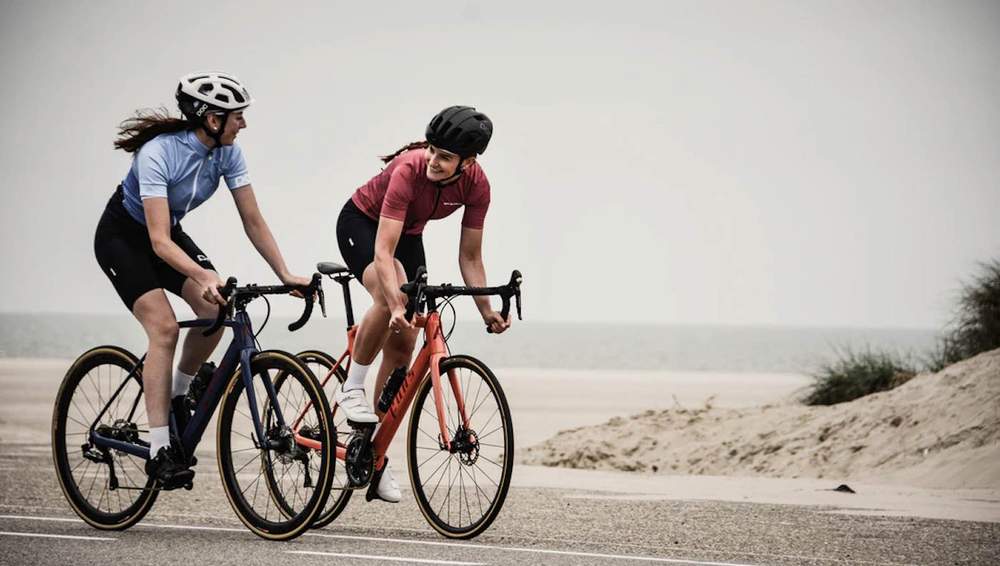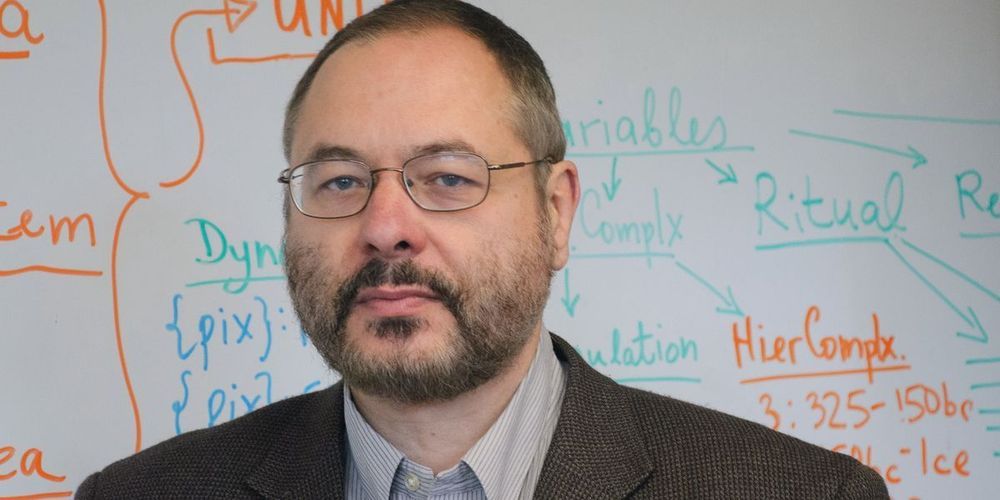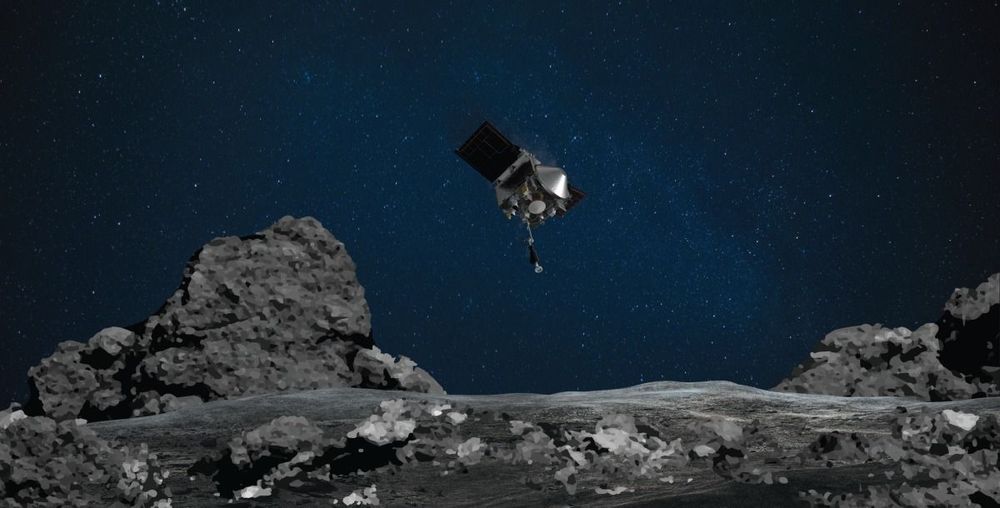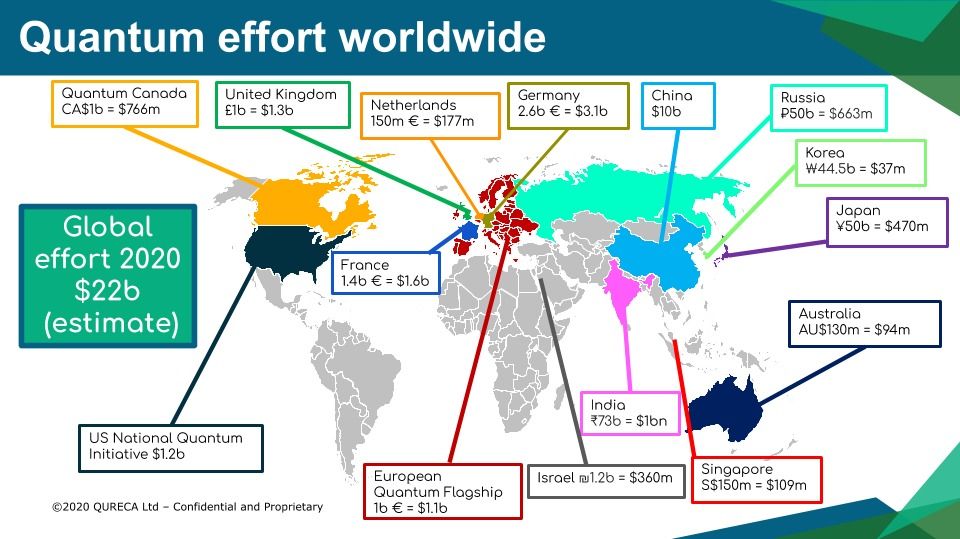So exercise in the morning is better?
A new study, published in the International Journal of Cancer, has found that exercising in the mornings especially can stave off cancer.

The worlds fastest car!?
The title of world’s fastest production vehicle is now snatched by the SSC Tuatara from the hands of Bugatti.
The 1750hp hypercar recorded an average speed of 508.73 km/h on a pair of record runs. The car hit 532.93 km/h on the faster run; it hit 485.54 km/h on the slower run.
Tuatara is the latest creation of a boutique American car company, SSC North America, founded by Jerod Shelby in 1998. The car fetches a 5.9Litre V8 engine with 1750hp horsepower and 1735 N/m torque, weights at 1247 kg, with a whopping $1.6million price tag.






Two massive clouds of dust in orbit around the Earth have been discussed for years and finally proven to exist.

Over the last years, there has been an exponential increase in investment in quantum technologies worldwide. The global effort for #publicfunding has been boosted. It is an amazing and exciting time of innovation in this new second quantum revolution. We have summarised the main programs and efforts around the world below. It is not a quantum race. It is a global ecosystem to develop new #quantum technology! It might be outdated by now, but it gives an idea 💡 and add to it the latest announced investments. However, this is not the real deal. Most are disguised under other initiatives such as the ones carried by the DOE in the US.
Over the last years there has been an exponential increase on investment in quantum technologies worldwide. The global effort for public funding has been boosted. It is an amazing and exciting time of innovation in this new second quantum revolution.
We have summarised the main programs and efforts around the world below. It is not a quantum race, it is a global ecosystem to develop the new quantum technology!
Canada is considered one of the world’s leading nations in quantum research. It has invested more than $1 billion in quantum research over the past decade [1].